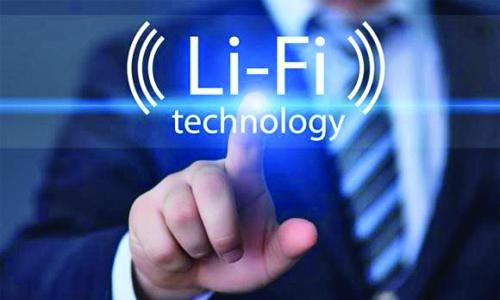Li Fi to make Life better!
A li-Fi enabled light bulb was used by Velmenni to transmit data at 1 Gbps speed. However, lab tests have revealed speeds of up to 224 Gbps, theoretically. The test in the office was to allow internet access to workers, and another test in an industrial environment provided smart lighting solutions.
Li-Fi is a disruptive technology that will shift business models, create opportunities for exploitation, and is on track to become a $113bn industry by 2022.
Li-fi is a new means of delivering data using visible spectrum as against the radio waves used by most other methods. This new technology has already been tested in a functional office.
What makes Li-Fi stand apart is the astonishing speed at which it can deliver access to the internet, often 100 times faster compared to Wi-Fi at a mind-boggling speed of 1Gbps.
You will need a light source similar to an LED bulb, a photo detector and an internet connection to use Li-Fi. This week, Velmenni, Tallinn, and Estonian start- up tested Li-Fi.
Deepak Solanki, the CEO, stated that the technology may be available to consumers in about 4 years. The visible spectrum of light used by Li-Fi to transmit data is 10,000 times larger compared to the radio waves employed by Wi-Fi currently. As in traditional remote controls for TV, light pulses cannot encode information. As for the speed, the visible spectrum, offers virtually unlimited speed.
It was Prof Harald Haas of Edinburgh University who demonstrated Li-Fi technology at Ted (Technology, Entertainment, and Design) conference in 2011. Millions of viewers around the globe have so far watched his talk at the conference where he showed streaming video using an LED lamp. The professor stated that in the future several billion light bulbs could become the hotspots for wireless communication.
A major advantage with Li-Fi is that it will not interfere with other signals and can, therefore, be used on an aircraft or other places where signal interference is an issue. There is a short supply of spectrum needed for the radio waves, but the visible light spectrum is several thousand times larger and getting exhausted may not happen for centuries to come.
As with many things in life, Li-Fi too has its drawbacks and topping that list is its inability to be deployed in direct sunlight outdoors since that would create an interference with its signal. Another drag is that the technology cannot pierce walls limiting initial uses to supplement the Wi-Fi networks like in congested urban pockets.
Related Posts

